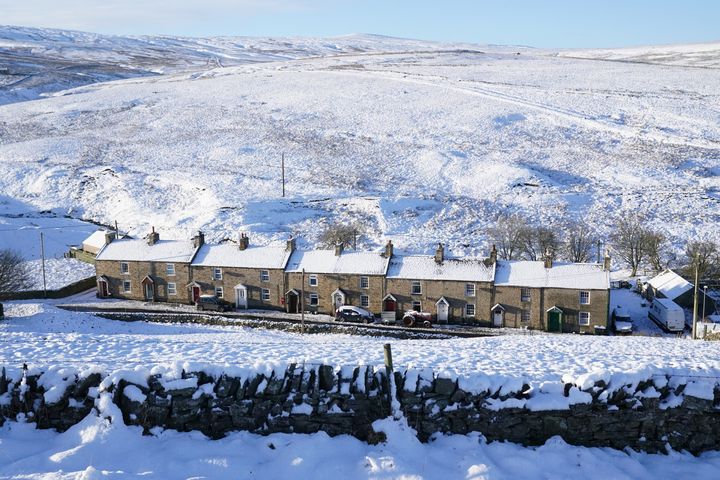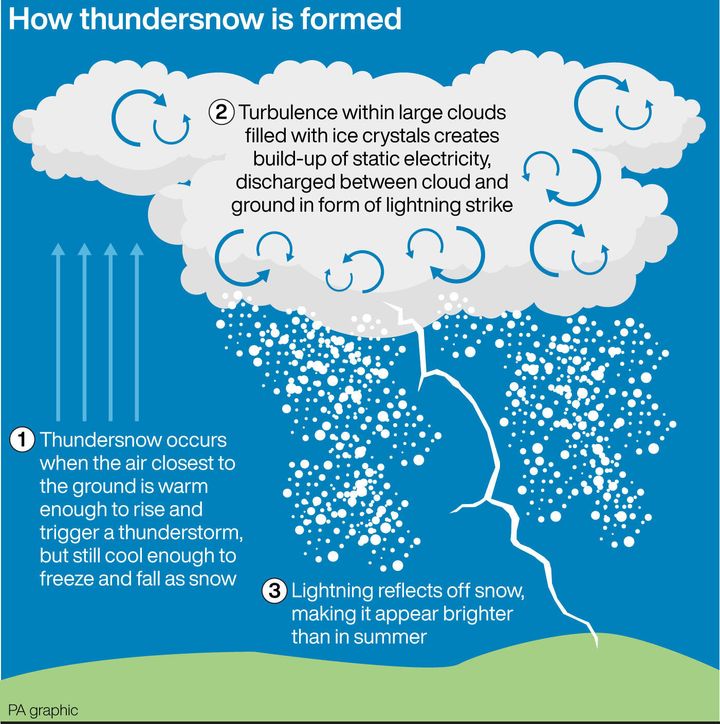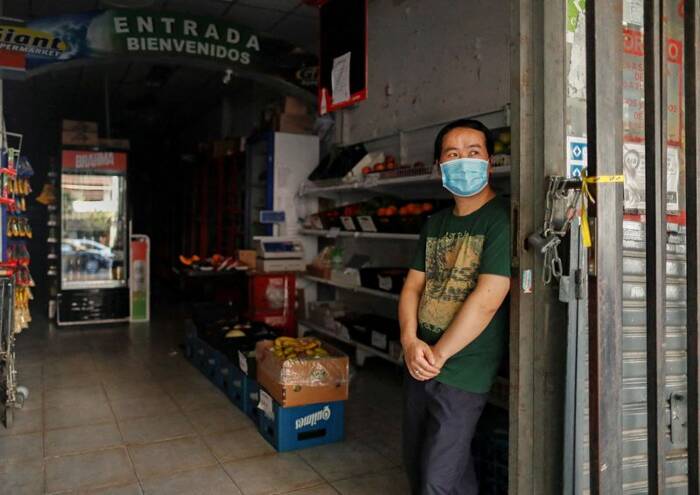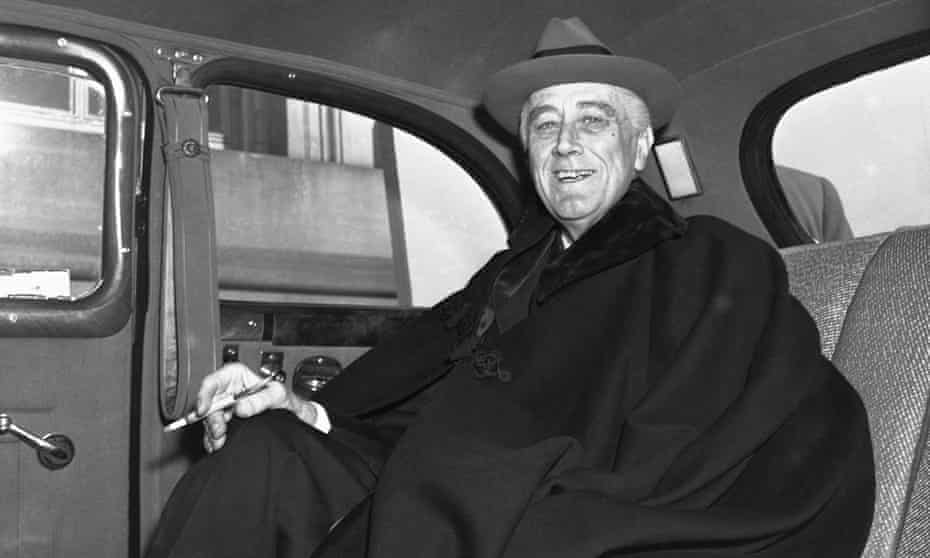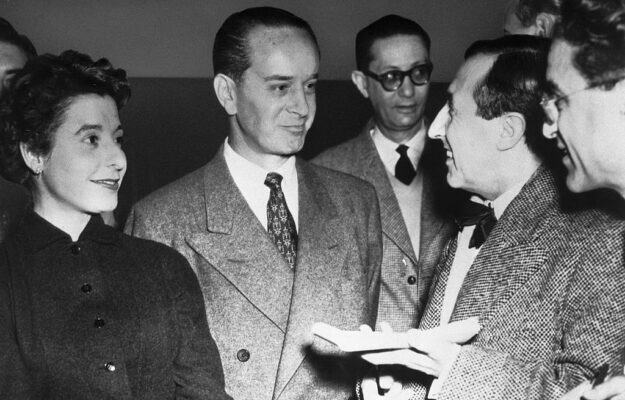Why Kazakhstan's Crisis Matters to China
Giulia Sciorati
11 January 2022
https://www.ispionline.it/en
Scarcely two years after protesters redefined the political landscape in Kyrgyzstan, the country’s giant northern neighbour – Kazakhstan – has witnessed a series of uprisings that started in the Western city of Zhanaozen and soon spread to other Southern cities and, most importantly, the former capital of Almaty. Other scholars and journalists have written on the complexities of the protests’ motivations and their potential impact on the country’s President Kasym-Jomart Tokaev, now in his third year in power. Kazakhstan’s 2019 political transition, once lauded internationally in terms of stability vis-à-vis Uzbekistan’s, is now under scrutiny. China, in particular, looks with concern at the protests in Kazakhstan – even more so than it did the 2020 coup in Bishkek – in light of the close relationship the two countries have shared since the launch of the Silk Road Economic Belt in 2013 and the proximity of protesters to the border with Xinjiang.
China’s Understanding of the Kazakh Protests
Two frames can be primarily detected in China’s reaction to the Kazakh protests. On the one hand, Beijing has accepted the Kazakh leadership’s framing of protesters as terrorists (e.g., 恐怖分子 kongbu fenzi). On the other, the protests have been understood as an attempt at a colour revolution (颜色革命 yanse geming).
Others will open debates on the conceptual validity of using these terms to define the Kazakh protests. At this point, what is interesting to discuss is the context within which the terms have emerged, as they both display a substantial Chinese imprint.
Linking protests to terrorism is an established practice in China. Recent examples include the 2019 Hong Kong protests and the 2021 Myanmar coup, which Beijing formally identified as terrorist events. Finding a comprehensive application after the launch of the Global War on Terror, China’s protest-terrorism nexus has primarily been transposed to Central Asia through the Shanghai Cooperation Organisation (SCO). At the same time, the term “colour revolution” had a similar development process, as China has habitually interpreted Central Asian affairs through this prism,[1] especially since the 2005 Tulip revolution in Kyrgyzstan, which has remained at the centre of China’s concerns for future spillovers in other Central Asian countries. Such conceptualisation has actually been shared by China and Russia at the international level on numerous occasions.
China’s Attitude to Russia-led Peacekeepers in Kazakhstan
Tokayev’s decision to ask for Vladimir Putin’s support in handling protesters and the deployment of Russia-led peacekeepers from the Collective Security Treaty Organisation (CSTO) have inspired inflated reactions from Western media, especially in terms of drawing connections with the 2014 Russo-Ukrainian conflict.
Some observers have asked for China to be galled by Russia’s intervention and, more generally, Kazakhstan’s decision to rely on Moscow to be evidence of a Russian sphere of influence, capable of trumping China’s engagement with its western neighbours. Although there might be some truth to these interpretations, an oversimplification of the China-Russia-Kazakhstan relation is risky because it does not consider the extensive concessions Beijing made in its dogmatic foreign policy since pursuing a more active role in the international system.
One should first take into account the regional context in which Kazakhstan’s protests unfolded, which still reflects China’s non-intervention in Afghanistan after the withdrawal of US troops. Despite expectations from Central Asian countries that Beijing (and potentially the SCO) would assume a more active role in regional security, China made its non-interventionist position crystal-clear. The military outpost financed in Tajikistan, for instance, is managed by China’s military police and not the army, signalling Beijing’s interest in internal rather than regional security. Consequently, Kazakhstan’s quest for support has been rationally directed elsewhere.
Second, despite China’s limited ability to compromise on its core foreign policy principles, the country has been known for making concessions on peacekeeping. Therefore, the government could easily tolerate the involvement of Kazakhstan-requested CSTO peacekeepers in the country. For example, Beijing’s government-related media reiterated the use of the term “peacekeeping” (维和 weihe), justifying China’s recent offer to support Kazakhstan in terms of law enforcement and security as the situation in Kazakhstan stabilises.
In Support of China-Russia’s Economy-Security Division of Labour in Central Asia
China’s approach to the Kazakh protests and Russia’s CSTO peacekeeping intervention confirms a trend in Beijing’s relations with Central Asia: a preference for limited military presence, especially outside formal UN peacekeeping missions. This attitude also bolsters the case for a functioning Russia-China division of labour in Central Asia, successfully perpetuating a model originally designed to ensure that China’s regional activities would not be perceived as conflictual by Russia. A model that – at least from Beijing’s perspective – is still valid and worthy of being pursued.
[1] This tendency is clearly detectable in the documents released after China’s annual academic conference on the relations with Central Asia.
Was the Kazakhstan uprising an attempted Jihadi takeover?
11 January 2022
The Kazakh uprising is over. The stench of burnt-out vehicles and bombed out buildings in Kazakhstan’s most populous city and former capital, Almaty, has begun to dissipate. Life is returning to normal. Banks have reopened. Salaries and pensions are being paid. The internet is up and running again. Almaty airport is expected to reopen today.
As the fog of war lifts some clarity about these events is beginning to emerge. Officials have reported that 100 businesses and banks were destroyed along with 400 vehicles. Seven policemen died and hundreds more were wounded; 8,000 people have been arrested. Some 164 civilians were killed.
The government of President Kassym-Jomart Tokayev has survived and with some ease as it turns out. There will be no Maidan or Orange Revolution of the sort that overthrew the pro-Russian government of Ukraine. President Putin has made clear that he would not let anyone ‘destabilise the situation in our home and… allow the so-called colour revolution scenario to play out.’ Note the words ‘our home’, which is how he sees a country in which 20 per cent of the population is Russian — a not dissimilar proportion to Ukraine.
On the eve of US-Russian talks over Ukraine, the Kazakh uprising has been a gift to Russia’s leader. Putin grabbed the PR opportunity with alacrity. By sending 2,500 troops to help defend Kazakhstan, at a stroke Putin has validated his Collective Security Treaty Organisation, Central Asia’s equivalent of Nato. The other CSTO rulers of Armenia, Belarus, Kyrgyzstan and Tajikistan are likely to be impressed. If Russian troops return home as expected, former members such as Azerbaijan and Uzbekistan may consider re-joining. Even Turkmenistan’s isolationist and deeply unpopular ruling family may also consider the attractions of Russia’s protective embrace.
Apart from Putin, the other clear winner from recent events is President Tokayev himself. Although he took over the presidency in March 2019, his power was deeply circumscribed.
The Kremlin and Tokayev have accused ‘terrorists’ of acting with unspecified foreign agents
His predecessor, Nursultan Nazarbayev, had held the post for 29 years since the break-up of the Soviet Union and was not intending to give up power. On the day that Tokayev assumed the presidency Nazarbayev’s daughter, Dariga, already a major political figure, was elected to Tokayev’s former position as chairman of the Senate. Throughout Central Asia the rumour was that new President Tokayev was simply keeping the seat warm for Dariga.
The predecessor Nazarbayev retained control of the Kazakh army through his chairmanship of the National Security Council. He continued to lead the ruling Nur Otan party and remained a member of the Constitutional Council, an Athenian-style council of elders which, in theory at least, retains guardianship over Kazakhstan’s government.
However, Tokayev refused to follow the prescribed playbook. He kicked against the traces and tried to assert his independence. Dariga was sacked as chairman of the Senate. Rival presidential courts began to grow. A brief truce was observed when Nazarbayev, Dariga and President Tokayev made a show of unity at Nur Otan’s party conference in November 2019, two months before parliamentary elections in January 2020.
The uneasy truce remained until last week. As recently as Christmas, in an informal conference of regional leaders hosted by Putin in Moscow, both Tokayev and Nazarbayev were invited.
But last week, with popular protest on the streets calling for the ‘old man out’ (meaning Nazarbayev), Tokayev pounced. The Kazakhstan cabinet, hand-picked by Nazarbayev, was sacked. Meanwhile the former president was removed from the chairmanship of the Security Council. A purge of Nazarbayev loyalists was begun. The head of Kazakhstan’s intelligence services was sacked on 6 January. He has now been arrested for treason.
Nazarbayev and Dariga have disappeared into the ether, though rumour has it that they are still in Kazakhstan. If evidence were needed as to who now runs the country, the fact that Presidents Putin and Xi Jinping have only addressed their congratulations to President Tokayev is conclusive proof that an internal transition of power has taken place. Xi praised him for being strong and decisive and for ‘being highly responsible for your country and your people’.
Other issues are less clear. Who was doing the fighting in the streets? Some have suggested that the fighting was related to Tokayev’s ‘palace coup’. Unlikely. A palace coup would happen around the government buildings, which is in the new capital city, Astana. In Kazakhstan the riots started in the remote south west, more than 1,500 miles away. In any case, how credible is it that fuel-price protestors reached immediately for guns and bombs?
The Kremlin and Tokayev have accused ‘terrorists’ of acting with unspecified foreign agents. The US has largely assumed that the finger of blame is being pointed at them. Rather defensively, White House press secretary Jen Psaki complained that rumours of US involvement were ‘crazy’.
What has largely been overlooked is the possibility that violence in Kazakhstan, on the back of popular protests about the rising price of petrol, was indeed orchestrated by ‘foreign terrorist’ groups — Jihadi groups. There is significant circumstantial evidence.
There was violence in 19 of Kazakhstan’s 31 cities; 15 of these cities were close to foreign borders, notably Kyrgistan, Uzbekistan, Turkmenistan and China’s Uighur populated Xinjian Autonomous Region. About 1.5 per cent of Kazakhstan’s population is Uighur and there is growing resentment throughout Central Asia that their governments have yielded to Chinese pressure to render Uighur dissidents.
Muslim terrorist groups that operate throughout Central Asia include the Islamic Movement of Uzbekistan, Hizb ut-Tahrir al-Islam (party of Islamic Liberation), the Jamaat of Central Asian Mujahidin and the Uighur Islamic party of eastern Turkestan. Foreign based groups such as the Taliban are also allegedly present in the region. Along with Isis and the Muslim Brotherhood, there are estimated to be 19 Jihadi groups operating in Central Asia.
The fall of Isis in Syria has brought trained ‘talent’ back to Central Asia. Kyrgyzstan officials alone reported 863 returnees from conflicts in Syria and Iraq between 2010 and June 2016. All Central Asian governments, which are secular but with majority Muslim populations, have been reporting increased jihadi activity in recent years.
Although Kazakh Muslims are historically moderate, Sufi and apolitical with only around 10 per cent believing in Sharia law (compared to 43 per cent in the UK), nevertheless the Kazakh government has become increasingly alive to the threat posed by Jihadis. In 2013 Kazakhstan’s National Security Committee established an anti-terror centre. As far back as 2014, the Central Asian Caucasus Institute concluded that ‘Kazakhstan’s problem of radicalization is no longer limited to in-country malcontents.’
More than 60 Jihadi attacks have been thwarted in Kazakhstan over the last decade. For Europeans, Jihadi attacks such as that on the Bataclan in Paris are global events and the perpetrators are roundly abused. Double standards abound. Similar attacks in Central Asia and China go unreported and the response, if any, from the West is normally concerned with the ‘human rights’ of the perpetrators.
In his virtual address to fellow CSTO leaders yesterday President Tokayev made it clear that he was blaming ‘foreign militants from Afghanistan and the Mideast countries’. Thus far this is not the narrative being given by a sceptical western media. The problem is that we tend to assume, for good reason, that President Putin and all his Central Asian stooges always tell lies. Jihadi involvement in the Kazakh uprising is as yet still unproven — but Tokayev’s laying the blame on radical Islamic groups is credible. Astonishing as it may seem, a Central Asian despot may actually be telling the truth.
WRITTEN BY
Francis Pike is a historian and author of Hirohito’s War, The Pacific War 1941-1945 and Empires at War: A Short History of Modern Asia Since World War II.




